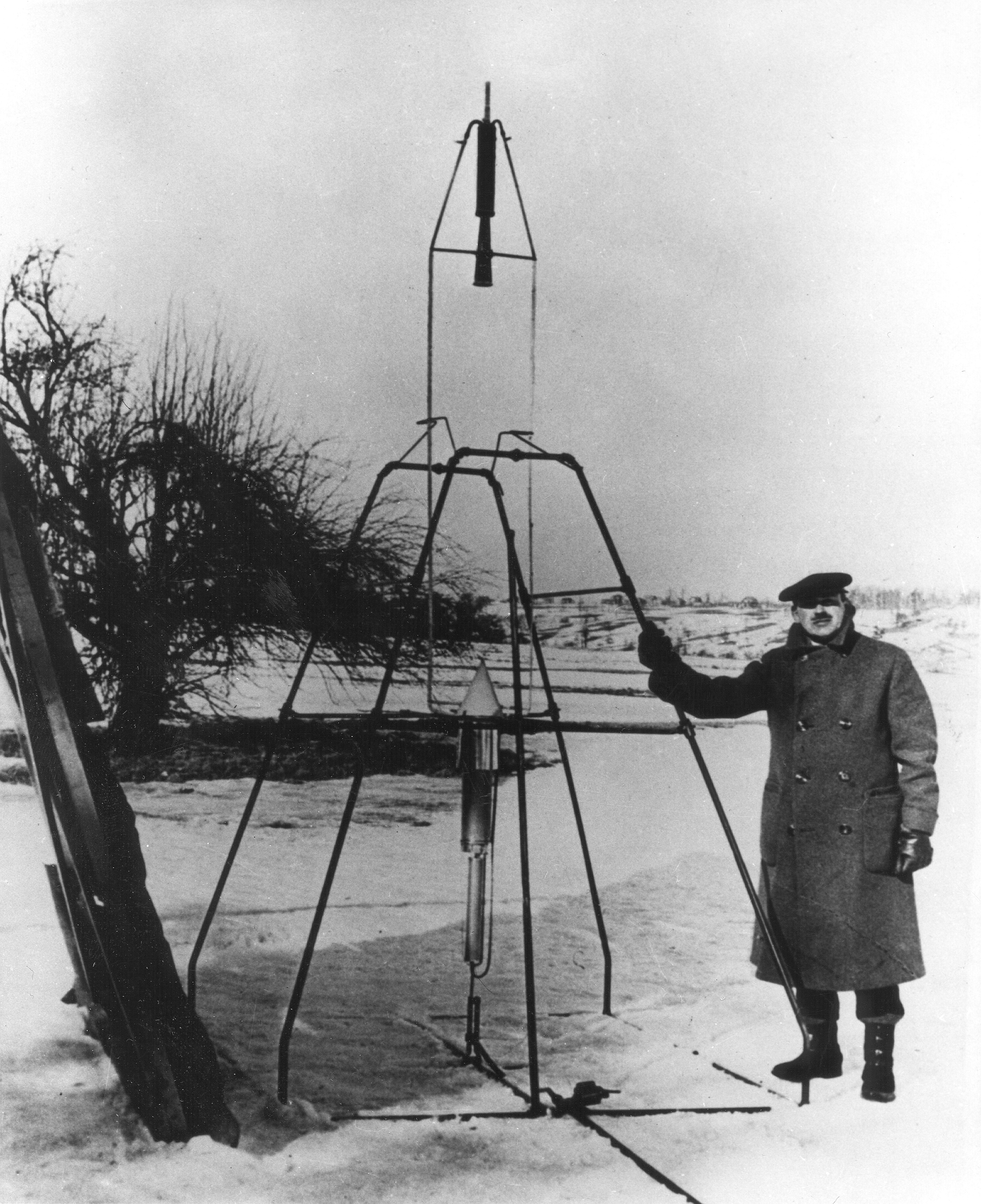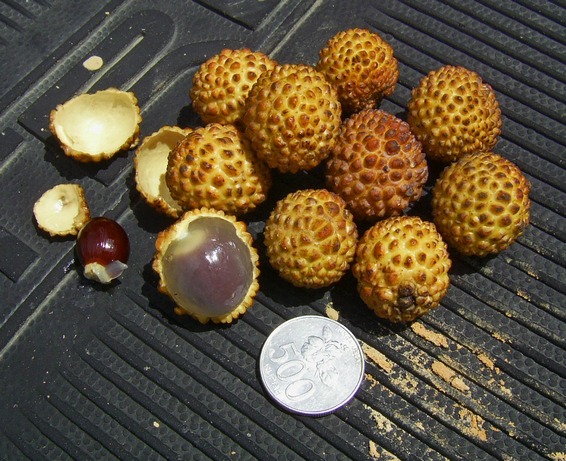|
Leenh.
Pieter Willem Leenhouts (1926 – 1 March 2004) was a Dutch botanist. He worked at the Rijksherbarium from 1947 until his official retirement in 1991, and then was an honorary member of staff until 1999. He was editor of '' Blumea'' from 1973 to 1999. Eponymy *Burseraceae: '' Haplolobus leenhoutsii'' Kochummen *Loganiaceae: '' Geniostoma leenhoutsii'' B.J.Conn *Loganiaceae: '' Strychnos leenhoutsii'' Tirel Publications Books * 1959. ''A monograph of the genus Canarium (Burseraceae)''. Edición reimpresa de Ijdo, 475 pp. * 1965. ''Systematisch-morphologische Studien an Terebinthales-Familien: (Bursersaceae, Sapindaceae).'' Volumen 1965, Nº 10 de Mathematisch-naturwissenschaftlich Klasse. Editor Verlag der Akademie der Wissenschaften und der Literatur, 584 pp. * 1966. ''A new Strychnos from Borneo (Loganiaceae).'' 230 pp * 1967. '' Phoenicimon Ridl. (Sapindaceae) is Glycosmis Correa (Rutaceae).'' 452 pp. * 1968b. ''Florae Malesianae Praecursores L.a revision of Lepisanthes ... [...More Info...] [...Related Items...] OR: [Wikipedia] [Google] [Baidu] |
Canarium
''Canarium'' is a genus of about 100 species of tropical and subtropical trees, in the family Burseraceae. They grow naturally across tropical Africa, south and southeast Asia, Indochina, Malesia, Australia and western Pacific Islands; including from southern Nigeria east to Madagascar, Mauritius, Sri Lanka and India; from Burma, Malaysia and Thailand through the Malay Peninsula and Vietnam to south China, Taiwan and the Philippines; through Borneo, Indonesia, Timor and New Guinea, through to the Solomon Islands, Vanuatu, New Caledonia, Fiji, Samoa, Tonga and Palau. ''Canarium'' species grow up to large evergreen trees of tall, and have alternately arranged, pinnate leaves. They are dioecious, with male and female flowers growing on separate trees. Common names The trees and their edible nuts have a large number of common names in their range. These include Pacific almond, canarium nut, pili nut, Java almond, Kenari nut, galip nut, nangai, and ngali. Species This s ... [...More Info...] [...Related Items...] OR: [Wikipedia] [Google] [Baidu] |
Hopkinton, Rhode Island
Hopkinton is a town in Washington County, Rhode Island. The population was 8,398 at the 2020 census. History Hopkinton is named after Stephen Hopkins, a signer of the Declaration of Independence who was governor of the Colony of Rhode Island and Providence Plantations when the town was partitioned from Westerly and incorporated in 1757. Hopkinton once featured a number of industrial villages, such as Locustville, Moscow, Centerville, and Wood River Iron Works, each being named after the mill which they surrounded. Today only Hope Valley, Rockville, Ashaway, and Bradford are recognized with a post office. The town hall is located in the village of Hopkinton City, which was once a stagecoach hub. Geography Hopkinton is found at 41.461 N latitude and 71.778 W longitude and borders Richmond and Charlestown. It is on the Pawcatuck River on the Connecticut border. According to the United States Census Bureau, the town has a total area of , of which is land and (2.58%) is water ... [...More Info...] [...Related Items...] OR: [Wikipedia] [Google] [Baidu] |
Phoenicimon
''Glycosmis'' is a genus of flowering plants in the citrus family, Rutaceae and tribe Clauseneae.''Glycosmis''. The Plant List. Accessed 30 July 2013. It is in the , which also includes genus ''''. It is a genus of the subtribe Clauseninae, which are known technically as the remote citroid fruit trees. [...More Info...] [...Related Items...] OR: [Wikipedia] [Google] [Baidu] |
2004 Deaths
This is a list of deaths of notable people, organised by year. New deaths articles are added to their respective month (e.g., Deaths in ) and then linked here. 2022 2021 2020 2019 2018 2017 2016 2015 2014 2013 2012 2011 2010 2009 2008 2007 2006 2005 2004 2003 2002 2001 2000 1999 1998 1997 1996 1995 1994 1993 1992 1991 1990 1989 1988 1987 See also * Lists of deaths by day The following pages, corresponding to the Gregorian calendar, list the historical events, births, deaths, and holidays and observances of the specified day of the year: Footnotes See also * Leap year * List of calendars * List of non-standard ... * Deaths by year {{DEFAULTSORT:deaths by year ... [...More Info...] [...Related Items...] OR: [Wikipedia] [Google] [Baidu] |
1926 Births
Events January * January 3 – Theodoros Pangalos (general), Theodoros Pangalos declares himself dictator in Greece. * January 8 **Abdul-Aziz ibn Saud is crowned King of Kingdom of Hejaz, Hejaz. ** Bảo Đại, Crown Prince Nguyễn Phúc Vĩnh Thuy ascends the throne, the last monarch of Vietnam. * January 12 – Freeman Gosden and Charles Correll premiere their radio program ''Sam 'n' Henry'', in which the two white performers portray two black characters from Harlem looking to strike it rich in the big city (it is a precursor to Gosden and Correll's more popular later program, ''Amos 'n' Andy''). * January 16 – A BBC comic radio play broadcast by Ronald Knox, about a workers' revolution, causes a panic in London. * January 21 – The Belgian Parliament accepts the Locarno Treaties. * January 26 – Scottish inventor John Logie Baird demonstrates a mechanical television system at his London laboratory for members of the Royal Institution and a report ... [...More Info...] [...Related Items...] OR: [Wikipedia] [Google] [Baidu] |
Haplolobus (plant)
''Haplolobus'' is a genus of plant in family Burseraceae The Burseraceae are a moderate-sized family of 17-19 genera and about 540 species of flowering plants. The actual numbers differ according to the time period in which a given source is written describing this family. The Burseraceae are also know .... Species include: * '' Haplolobus beccarii'', Husson * '' Haplolobus bintuluensis'', Kochummen * '' Haplolobus inaequifolius'', Kochummen * '' Haplolobus kapitensis'', Kochummen * '' Haplolobus leenhoutsii'', Kochummen * '' Haplolobus sarawakanus'', Kochummen References Burseraceae genera Taxonomy articles created by Polbot {{sapindales-stub ... [...More Info...] [...Related Items...] OR: [Wikipedia] [Google] [Baidu] |
Dimocarpus
''Dimocarpus'' is a genus of about 20 species of trees or shrubs known to science, constituting part of the flowering plant family Sapindaceae. They grow naturally in tropical south and Southeast Asia, Malesia, Papuasia and Australasia, including Sri Lanka, India, the Philippines, southern China, Taiwan, Burma, Cambodia, Vietnam, Malaysia, Indonesia, New Guinea, East Timor, far north-eastern Queensland Australia. The fruit is edible, with the longan (''D. longan'') being grown commercially for fruit production. The species are large evergreen trees growing to 25–40 m tall, with pinnate leaves. The flowers are individually inconspicuous, produced in large panicles. The fruit is an oval drupe 3–5 cm long containing a single seed A seed is an embryonic plant enclosed in a protective outer covering, along with a food reserve. The formation of the seed is a part of the process of reproduction in seed plants, the spermatophytes, including the gymnosperm and angio ... [...More Info...] [...Related Items...] OR: [Wikipedia] [Google] [Baidu] |
José Francisco Corrêa Da Serra
José is a predominantly Spanish and Portuguese form of the given name Joseph. While spelled alike, this name is pronounced differently in each language: Spanish ; Portuguese (or ). In French, the name ''José'', pronounced , is an old vernacular form of Joseph, which is also in current usage as a given name. José is also commonly used as part of masculine name composites, such as José Manuel, José Maria or Antonio José, and also in female name composites like Maria José or Marie-José. The feminine written form is ''Josée'' as in French. In Netherlandic Dutch, however, ''José'' is a feminine given name and is pronounced ; it may occur as part of name composites like Marie-José or as a feminine first name in its own right; it can also be short for the name ''Josina'' and even a Dutch hypocorism of the name ''Johanna''. In England, Jose is originally a Romano-Celtic surname, and people with this family name can usually be found in, or traced to, the English county of C ... [...More Info...] [...Related Items...] OR: [Wikipedia] [Google] [Baidu] |
Glycosmis
''Glycosmis'' is a genus of flowering plants in the citrus family, Rutaceae and tribe Clauseneae.''Glycosmis''. The Plant List. Accessed 30 July 2013. It is in the , which also includes genus ''''. It is a genus of the subtribe Clauseninae, which are known technically as the remote citroid fruit trees. [...More Info...] [...Related Items...] OR: [Wikipedia] [Google] [Baidu] |
Strychnos
''Strychnos'' is a genus of flowering plants, belonging to the family Loganiaceae (sometimes Strychnaceae). The genus includes about 100 accepted species of trees and lianas, and more than 200 that are as yet unresolved. The genus is widely distributed around the world's tropics and is noted for the presence of poisonous indole alkaloids in the roots, stems and leaves of various species. Among these alkaloids are the well-known and virulent poisons strychnine and curare. Etymology The name ''strychnos'' was applied by Pliny the Elder in his '' Natural History'' to ''Solanum nigrum''. The word is derived from the Ancient Greek στρύχνον (''strúkhnon'') – "acrid", "bitter". The meaning of the word ''strychnos'' was not fixed in Ancient Greece, where it could designate a variety of different plants having in common the property of toxicity. Distribution The genus has a pantropical distribution. Taxonomy The genus is divided into 12 sections, though it is conceded that ... [...More Info...] [...Related Items...] OR: [Wikipedia] [Google] [Baidu] |
Botany
Botany, also called , plant biology or phytology, is the science of plant life and a branch of biology. A botanist, plant scientist or phytologist is a scientist who specialises in this field. The term "botany" comes from the Ancient Greek word (''botanē'') meaning " pasture", " herbs" "grass", or " fodder"; is in turn derived from (), "to feed" or "to graze". Traditionally, botany has also included the study of fungi and algae by mycologists and phycologists respectively, with the study of these three groups of organisms remaining within the sphere of interest of the International Botanical Congress. Nowadays, botanists (in the strict sense) study approximately 410,000 species of land plants of which some 391,000 species are vascular plants (including approximately 369,000 species of flowering plants), and approximately 20,000 are bryophytes. Botany originated in prehistory as herbalism with the efforts of early humans to identify – and later cultivate – ed ... [...More Info...] [...Related Items...] OR: [Wikipedia] [Google] [Baidu] |




